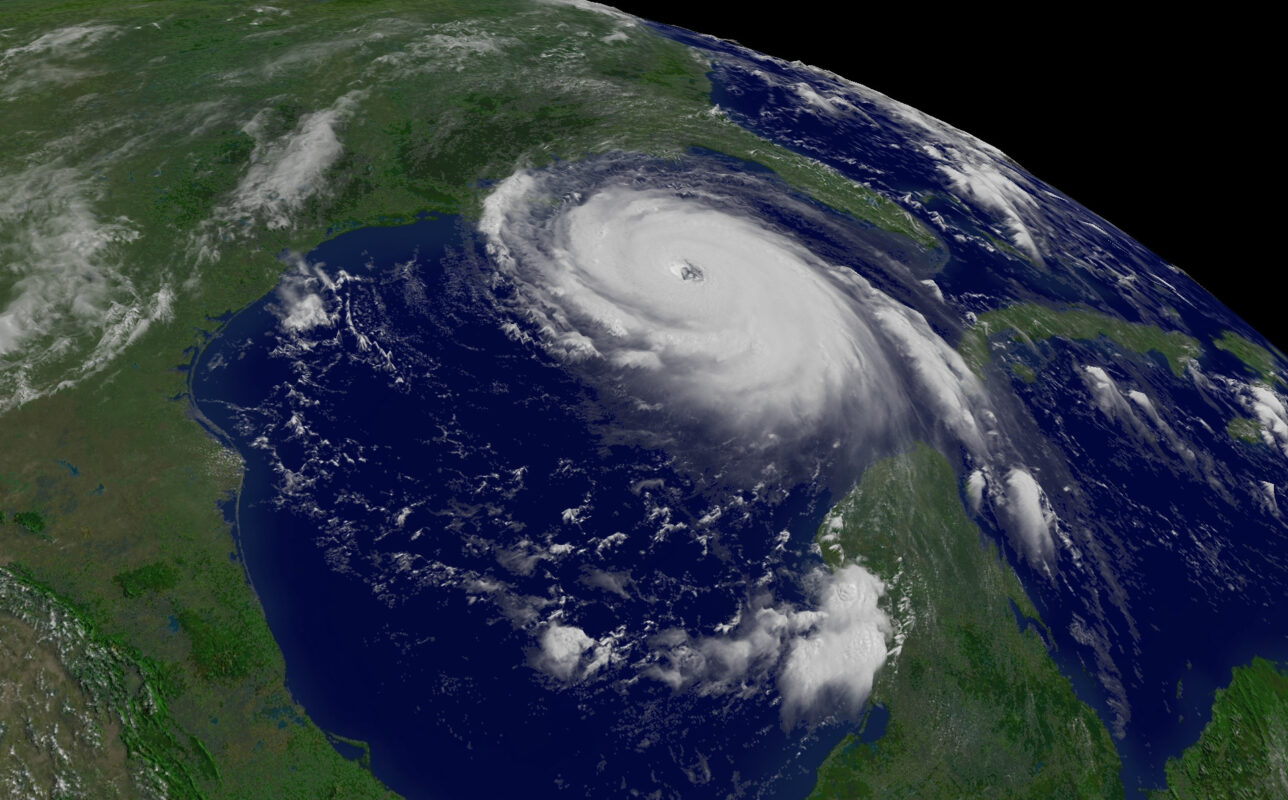Hurricanes are some of the most powerful and destructive natural phenomena on Earth. To comprehend how hurricanes form is essential for understanding their impact on the environment, communities, and economies. This article will delve deep into the intricate processes that lead to the creation of these massive storms, exploring the various atmospheric, oceanic, and geographic factors involved.
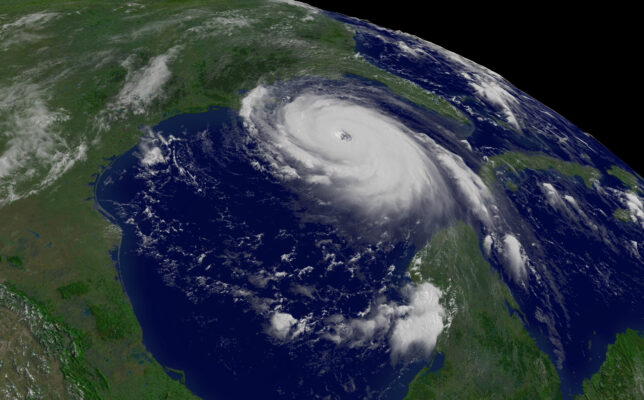
The Basics of Hurricane Formation
Before we dive into the complexities of hurricane formation, it’s crucial to lay a foundational understanding. Hurricanes, also referred to as tropical cyclones in many regions, originate over warm ocean waters. They thrive on a unique combination of heat, moisture, and specific atmospheric conditions.
These storms typically develop during specific seasons in tropical and subtropical regions. As we explore this topic, we’ll dissect the essential ingredients required for hurricanes to form, understand their life cycle, and analyze the environmental impacts they bring forth.
The Necessary Ingredients for Hurricane Formation
The formation of hurricanes is not a random occurrence but rather a result of several key factors that must come together simultaneously. Without any one of these ingredients, a hurricane simply cannot form.
Warm Ocean Water
Hurricanes primarily rely on warm ocean water, typically warmer than 80 degrees Fahrenheit (27 degrees Celsius). The heat from the ocean fuels the storm, providing the energy necessary for it to grow and intensify. As the water vapor rises, it cools and condenses, releasing latent heat into the atmosphere, which further drives the hurricane’s development.
It’s fascinating to note the relationship between ocean temperatures and hurricane activity. Warmer ocean waters can lead to more frequent and intense hurricanes, while cooler waters can inhibit their formation. This connection highlights the importance of monitoring sea surface temperatures as part of hurricane prediction efforts.
Atmospheric Instability
In addition to warm water, hurricanes require a certain degree of atmospheric instability. This instability occurs when warm, moist air near the ocean’s surface rises and is replaced by cooler, drier air above. This process creates a cycle of rising and descending air, which is fundamental in developing the storm’s structure.
The vertical wind shear – the change in wind speed and direction with altitude – also plays a significant role in turbulence within the atmosphere. Low wind shear allows hurricanes to strengthen, while high wind shear can disrupt their organization. Understanding this dynamic helps meteorologists predict potential hurricane paths and intensity changes.
Coriolis Effect
The Coriolis effect is an essential factor in the spinning motion of hurricanes. Due to the rotation of the Earth, moving air is deflected, creating the characteristic spin of tropical cyclones. This effect is non-existent at the equator but becomes stronger as you move toward higher latitudes.
Without the Coriolis effect, hurricanes would not be able to develop their organized rotational structure. It is a prime example of how planetary dynamics play a critical role in weather systems. This insight underscores the complexity of hurricane formation and the variety of influences at play.
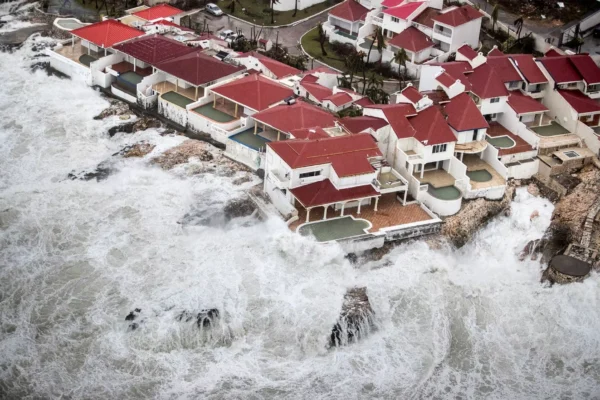
The Life Cycle of a Hurricane
Understanding how hurricanes form also involves examining their life cycles. A hurricane’s development can be categorized into several stages, each characterized by distinct features and behaviors.
Tropical Disturbance
The life cycle begins with a tropical disturbance, which is a cluster of thunderstorms that may organize due to favorable atmospheric conditions. These disturbances can arise from various sources, including the intertropical convergence zone (ITCZ) or other weather systems.
While most tropical disturbances dissipate without escalating into hurricanes, some obtain enough energy and moisture to transition into the next stage. Meteorologists closely monitor these disturbances to assess their potential for development.
Tropical Depression
If a tropical disturbance gains sufficient organization, it can become a tropical depression. At this point, sustained winds reach 23 miles per hour, and the storm exhibits a defined low-pressure center. The circulation becomes more organized, allowing for increased upward motion of moist air.
During this stage, the storm is still relatively weak, but it can continue to evolve if conditions remain favorable. Forecasters often track these depressions carefully, as they can quickly intensify into more dangerous storm systems.
Tropical Storm
A tropical depression that strengthens further can develop into a tropical storm, marked by sustained winds of 39 miles per hour. It is during this phase that a storm is given a name, making it easier for meteorologists and the public to communicate about it.
As a tropical storm, the system now has a more defined structure, including a well-defined center and organized convection. The possibility of intensifying into a hurricane looms, depending on the prevailing conditions such as ocean temperature, humidity, and wind shear.
Hurricane
Finally, if the tropical storm continues to gain strength, it will reach hurricane status with sustained winds exceeding 74 miles per hour. At this point, the storm can exhibit a well-defined eye—a calm center surrounded by a wall of towering clouds and severe weather, known as the eyewall.
This is where hurricanes display their most destructive capabilities. They can produce heavy rainfall, storm surges, and powerful winds capable of causing extensive damage to infrastructure and ecosystems alike. Understanding the various stages of hurricane development enables better preparation and response strategies.
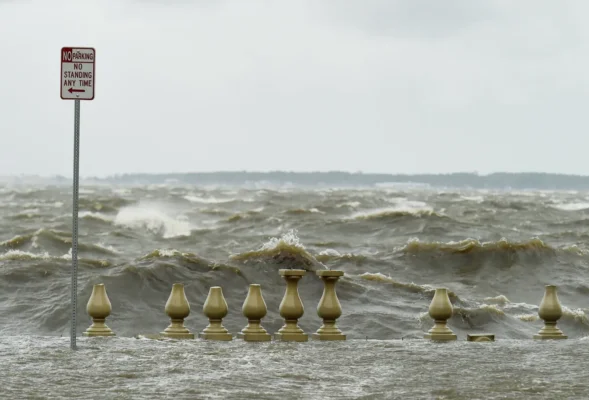
The Role of Geography in Hurricane Formation
The geographical context plays a significant role in how hurricanes form and behave. Various factors, including landmass distribution, ocean currents, and prevailing winds, influence hurricane patterns and intensities.
Regional Climatology
Different regions have unique climatic conditions that affect hurricane formation. For instance, the Atlantic hurricane season runs from June to November due to seasonal shifts in ocean temperature and atmospheric oscillations. Conversely, the Pacific has its own hurricane season, influenced by different regional factors.
Geographical features, such as mountain ranges and coastal contours, also significantly impact hurricane behavior. Areas prone to hurricanes often have established patterns based on historical data, allowing for improved forecasting and preparedness measures.
Ocean Currents and Patterns
Ocean currents play a pivotal role in influencing hurricane formation. Warm currents can provide the necessary heat to fuel storms, while cold currents can act as a barrier. The Gulf Stream, for example, is known for contributing to the intensity of hurricanes that make landfall along the U.S. East Coast.
Additionally, the El Niño and La Niña phenomena can dramatically alter hurricane activity. During El Niño years, conditions tend to suppress hurricane formation in the Atlantic while enhancing it in the Eastern Pacific, showcasing the interconnectedness of global weather systems.
Local Land Effects
When hurricanes approach coastal areas, local topography can significantly influence their strength and trajectory. Coastal wetlands, barrier islands, and mountainous terrain can all interact with the storm, either diminishing its intensity or exacerbating flooding and wind effects.
Analyzing how geography shapes hurricane behavior provides valuable insights into disaster preparedness and response. By understanding local vulnerabilities and strengths, communities can better protect themselves against these formidable storms.
The Influence of Climate Change on Hurricanes
As our planet undergoes significant changes due to climate change, understanding how hurricanes form takes on new urgency. The increasing frequency of extreme weather events raises questions about how climate change could reshape hurricane behavior in the future.
Rising Sea Temperatures
One of the most direct impacts of climate change is the rise in sea surface temperatures. Warmer oceans provide the energy needed for hurricanes to intensify more rapidly. Studies indicate that for every degree of warming, the potential for hurricanes to gain strength increases, leading to more powerful storms.
This trend poses a serious threat to coastal communities, as stronger hurricanes can result in increased storm surge and flooding. As scientists continue to study the long-term consequences of rising temperatures, the implications for global hurricane patterns remain a pressing concern.
Increased Moisture Content
A warmer atmosphere can hold more moisture, leading to heavier rainfall during hurricanes. This phenomenon can exacerbate flooding and pose significant risks to infrastructure and human safety. Communities that may have previously been less vulnerable to hurricanes may find themselves at greater risk due to these changing precipitation patterns.
Moreover, increased rainfall can lead to longer-lasting impacts on ecosystems, agriculture, and urban environments. Understanding how humidity levels interact with hurricane systems offers vital insights into adapting to these emerging challenges.
Changing Wind Patterns
Climate change may also alter prevailing wind patterns, affecting the steering currents that guide hurricanes. Changes in wind shear can either enhance or inhibit hurricane development, potentially leading to unexpected hurricane tracks or intensification events.
This unpredictability adds another layer of complexity to hurricane forecasting and response strategies. As scientists gather more data, adapting existing models to account for these changes ensures that communities can prepare for and respond effectively to future hurricanes.
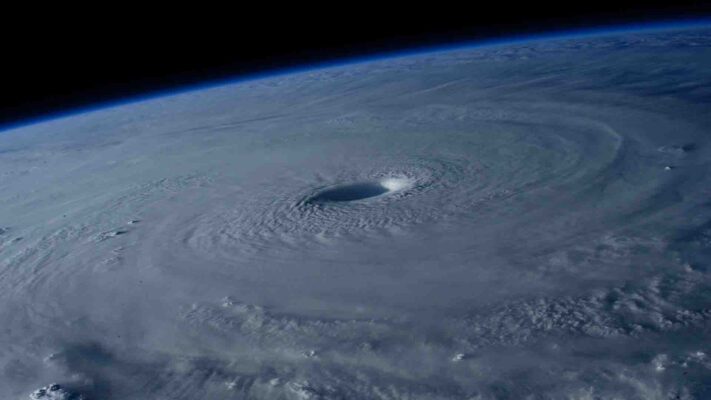
Preparing for Future Hurricanes
Given the realities of climate change and its influence on hurricane formation, effective preparation strategies are crucial. By understanding the dynamics of storms and their evolving nature, communities can implement proactive measures to mitigate risks.
Enhancing Forecasting Models
Investing in advanced forecasting technology and research is vital for improving our understanding of hurricane behavior. Enhanced modeling capabilities allow meteorologists to predict storm paths and intensities with greater accuracy, giving communities more time to prepare for impending storms.
Moreover, integrating local data and historical patterns into forecasting models can help tailor predictions to specific regions. Collaborative efforts among scientists, government agencies, and community organizations are essential to fortifying knowledge-sharing and response planning.
Community Engagement and Education
Engaging communities in discussions about hurricane preparedness fosters resilience. Educating residents on evacuation plans, emergency kits, and communication strategies ensures everyone is ready should a hurricane strike.
Moreover, addressing socioeconomic disparities is important, as vulnerable populations often face greater challenges during emergencies. Ensuring equitable access to resources and information empowers communities to withstand the impacts of hurricanes more effectively.
Investing in Resilient Infrastructure
Building resilient infrastructure is crucial in mitigating hurricane damage. Local governments should prioritize investments in flood management systems, seawalls, and sustainable urban planning practices to reduce vulnerability to storm surges and flooding.
Incorporating green spaces and ecosystems into urban design can also act as natural barriers against hurricanes. By recognizing the interconnectedness of nature and infrastructure, communities can create safer environments that withstand the growing threats posed by hurricanes.
Conclusion
Understanding how hurricanes form encompasses a multitude of factors that interact intricately within the Earth’s systems. From the necessary ingredients for development to the impacts of climate change, each element contributes to the complex reality of hurricanes and their influence on our planet.
As we continue to learn and adapt to these powerful forces of nature, it is essential to cultivate a deeper understanding of their mechanisms, improve preparedness strategies, and foster resilience in our communities. With ongoing research and collaboration, we can better navigate the challenges posed by hurricanes and work toward a more secure future.

